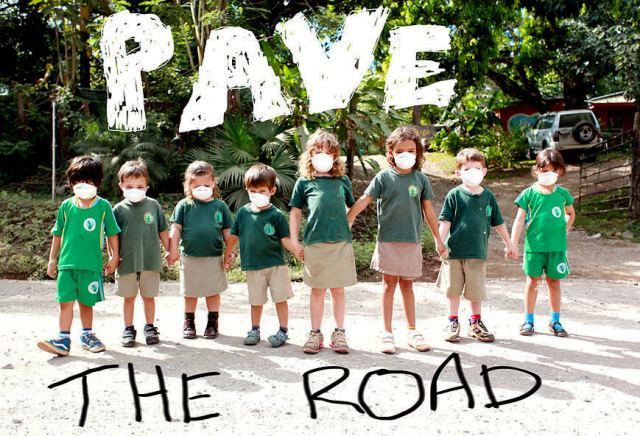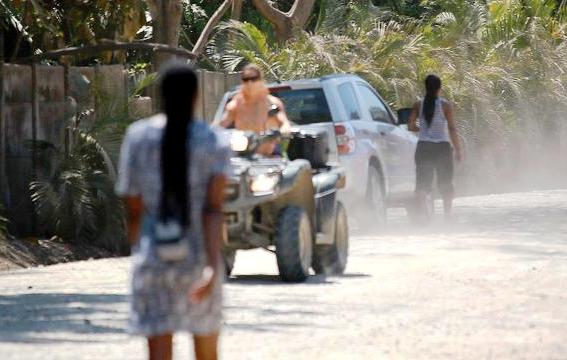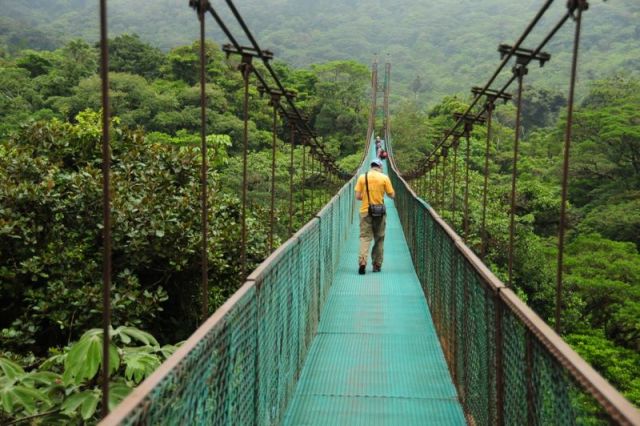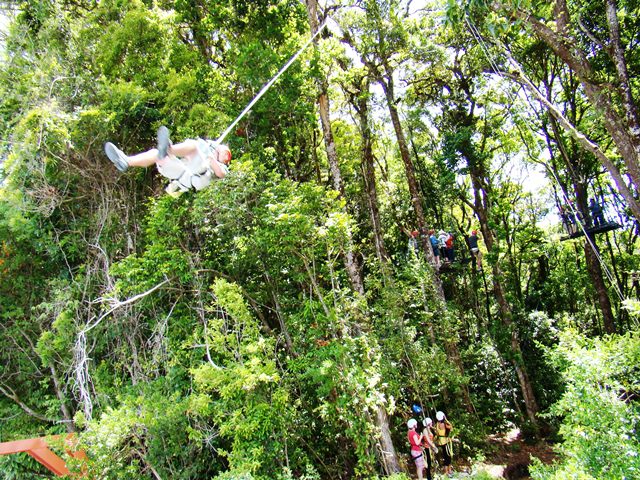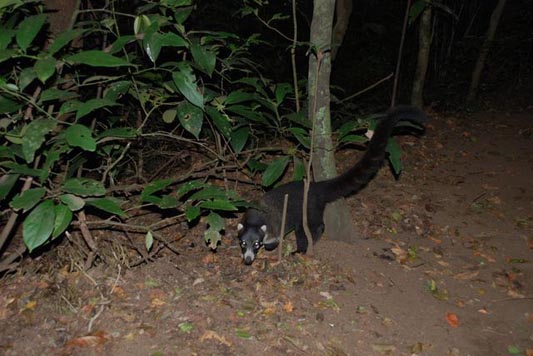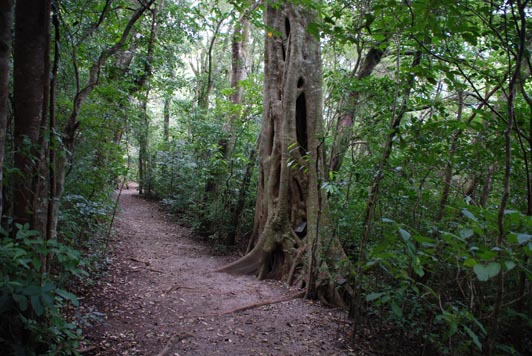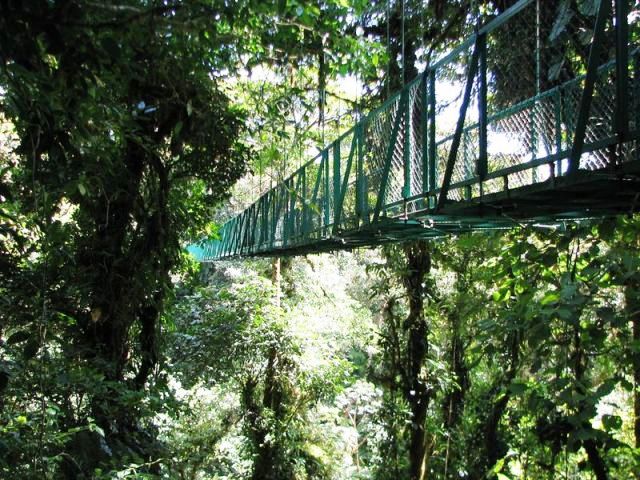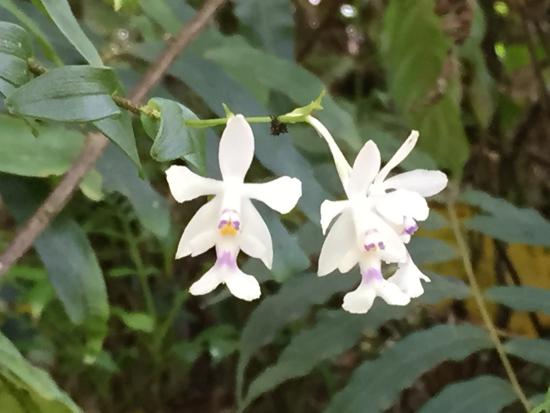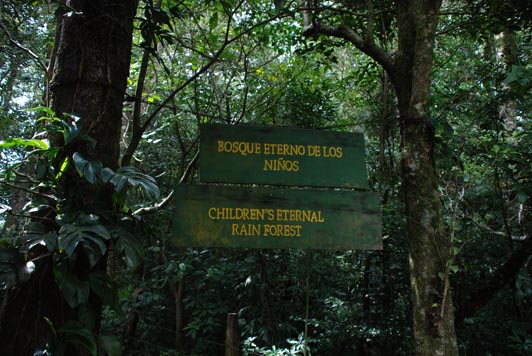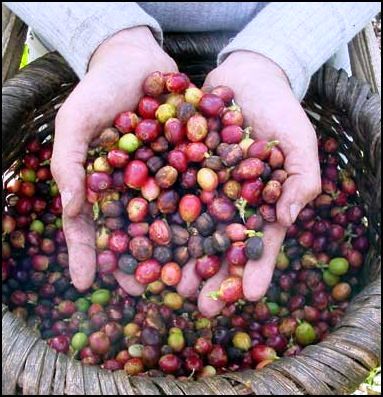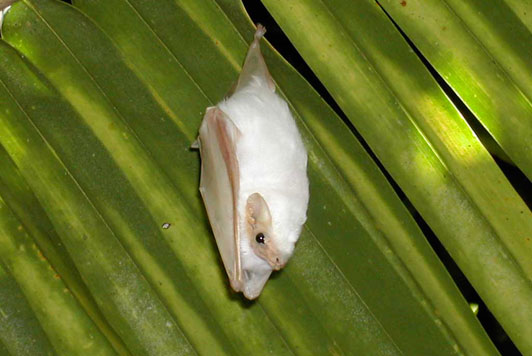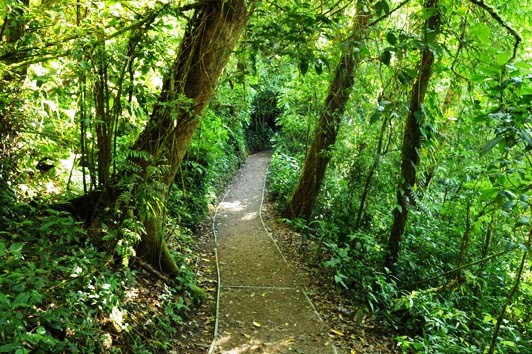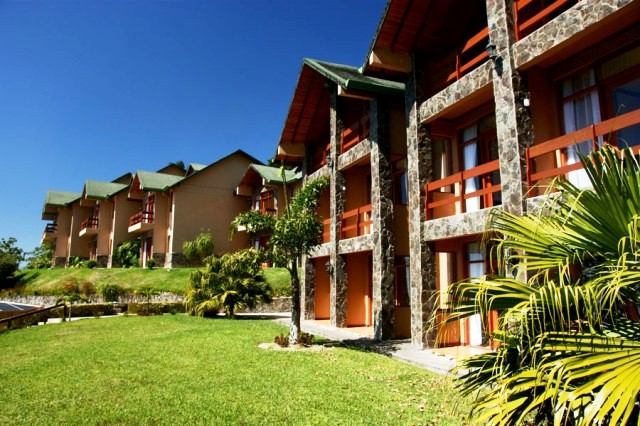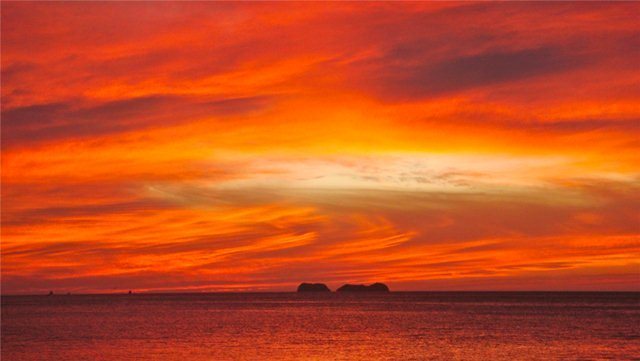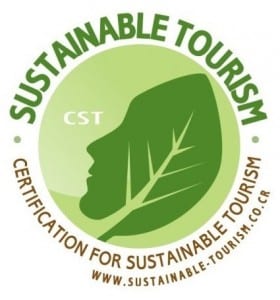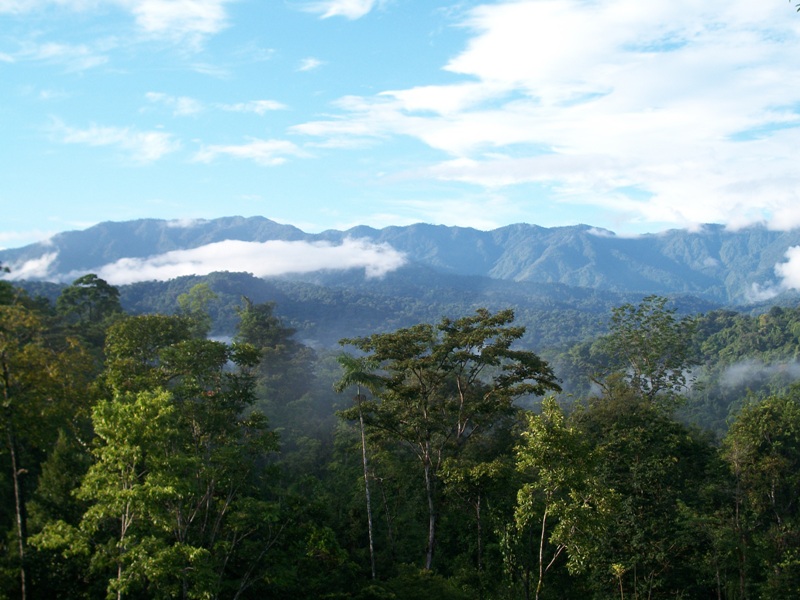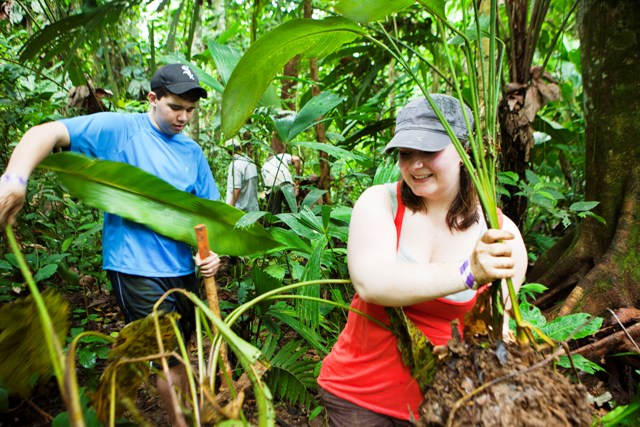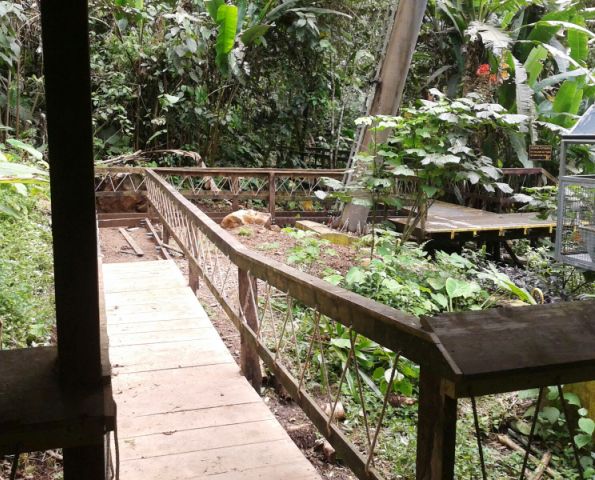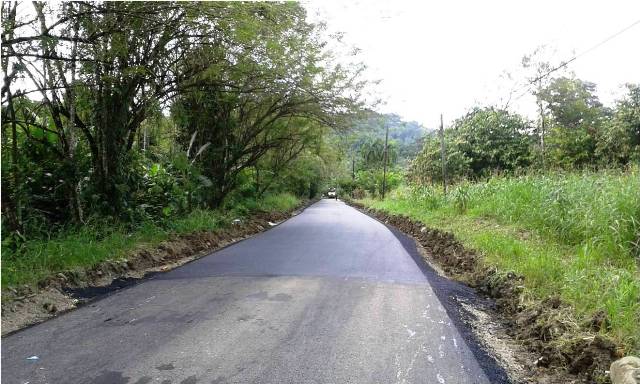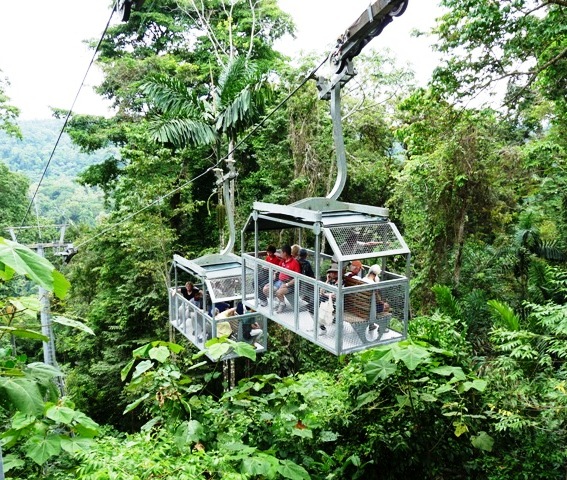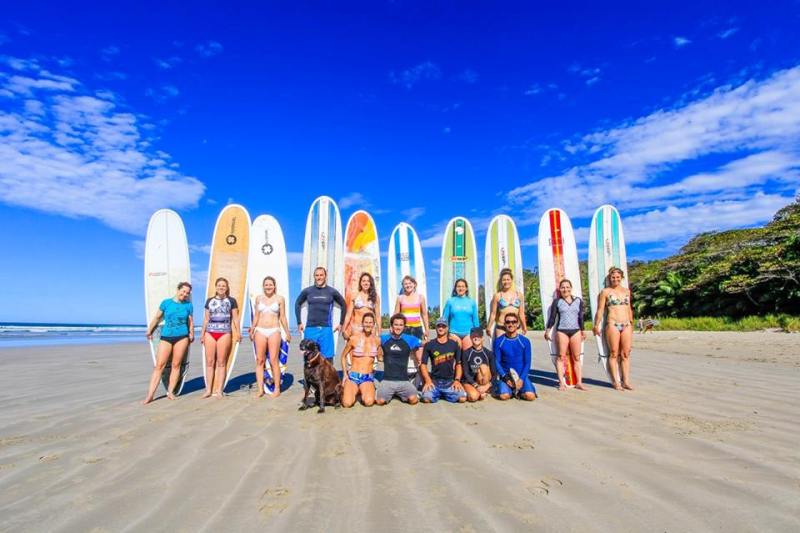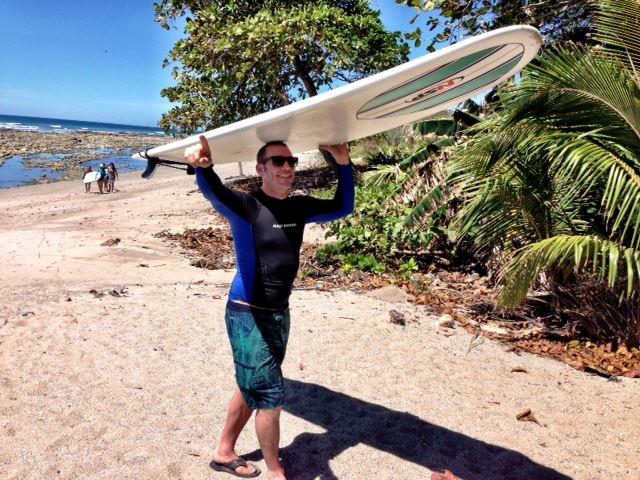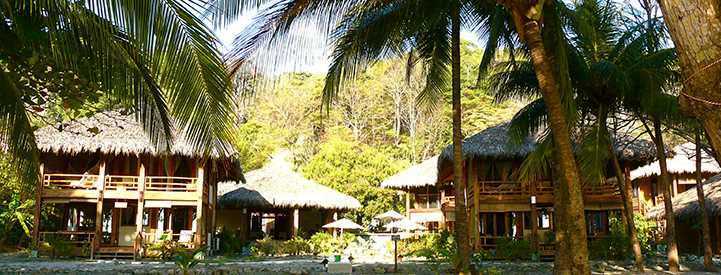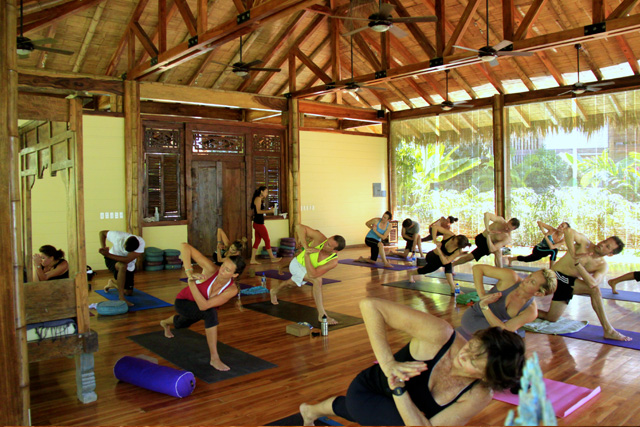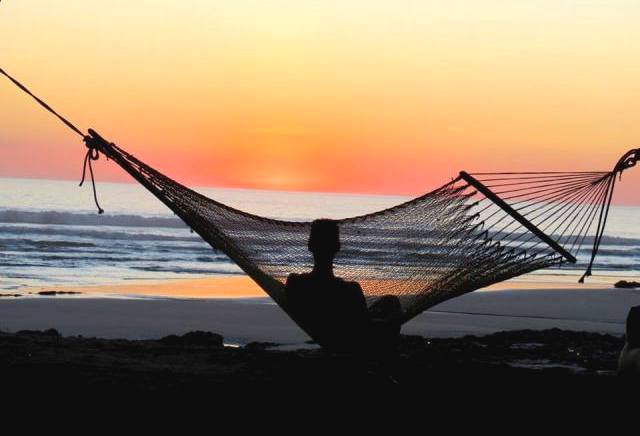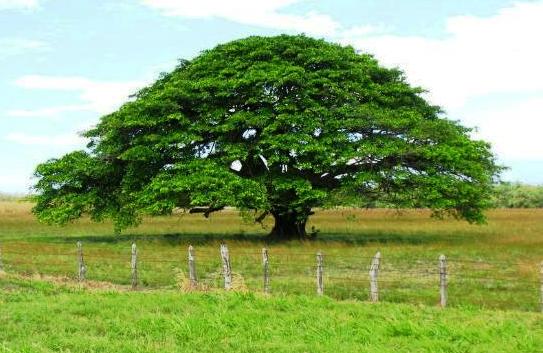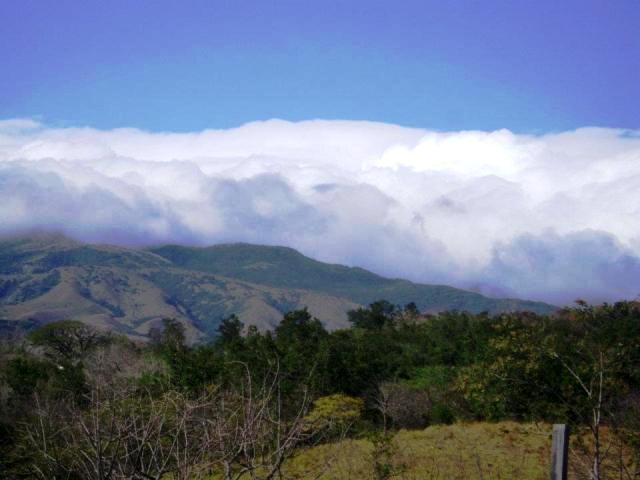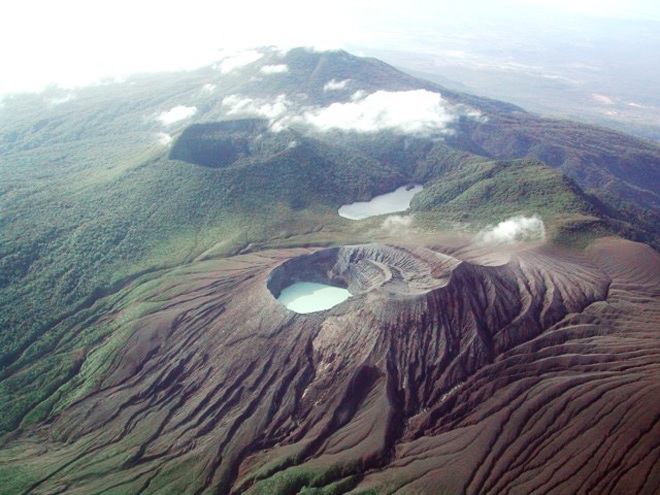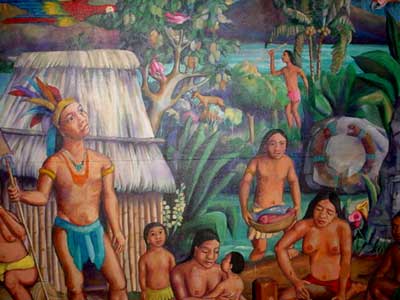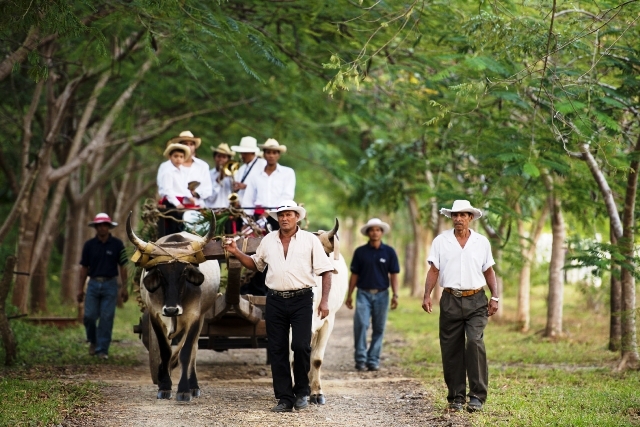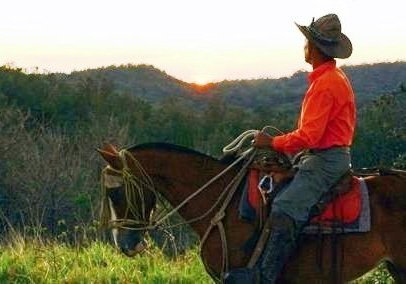Come January 2016, schoolchildren in the southern Nicoya Peninsula of Costa Rica will hopefully breathe easy with cleaner air. Roads in front of seven elementary schools in the region, that are now unpaved dustbowls, will be the first in Costa Rica to be made of recyclable plastic, thanks to the Pave the Road initiative. The southern Nicoya Peninsula is one of those iconic Costa Rica tourism spots, where you can find paradise beaches, world-class surf breaks, forested coastline, and charming towns like Santa Teresa, Malpaís, and Montezuma. Once a surfers’ and backpackers’ secret hideaway, the popular beaches now are filled with eco-lodges, beach bungalows, upscale luxury hotels, yoga retreats, and multi-national restaurants.
The one main road for the region is mostly paved from the Nicoya Gulf port of Paquera to the town of Cóbano, but roads in the beach communities and side roads are chiefly unpaved dirt. Traffic on the roads kicks up unbearable dust clouds in the dry season, coating vehicles, houses, businesses, schools and people with fine white dust; and creates a muddy pot-holed mess in the rainy season. The area’s 5,000 residents suffer from respiratory and health problems such as asthma, allergies, eye irritations and skin infections. Bacterial road dust enters the open-air schools and harms the health of the schoolchildren. A group of private businesses and the National Laboratory of Testing Materials and Structural Modes (LANAMME) of the University of Costa Rica (UCR), that deals with road and building construction, plan to pave 1.4 kilometers of streets in front of the region’s seven elementary schools with a mixture using recycled plastic. The material comes from three tons of recycled plastic collected by area residents and businesses. The plastic will be crushed and added to the asphalt for paving. The shredded plastic represents 3% of the mixture and can extend the life of the road about 15 years, according to LANAMME. The system currently is used on roads in Holland, Belgium and India.
The Pave the Road initiative was started by Canadian mom, Kelly Mason, and her children who relocated to Montezuma, Costa Rica a few years ago to pursue a more balanced life in nature. Over the past four years, the initiative has grown into a community of parents, sponsors, and private donors that are helping to reach the goal of paved roads in all of the area communities so that residents can breathe clean air. Students of the school in Santa Teresa will be first to receive the new pavement; 200 meters will be covered in January 2016. Schools in Cabuya, Malpaís, San Isidro, Hermosa, and two in the community of Las Delicias will follow soon thereafter. The entire project will help approximately 1,500 schoolchildren.
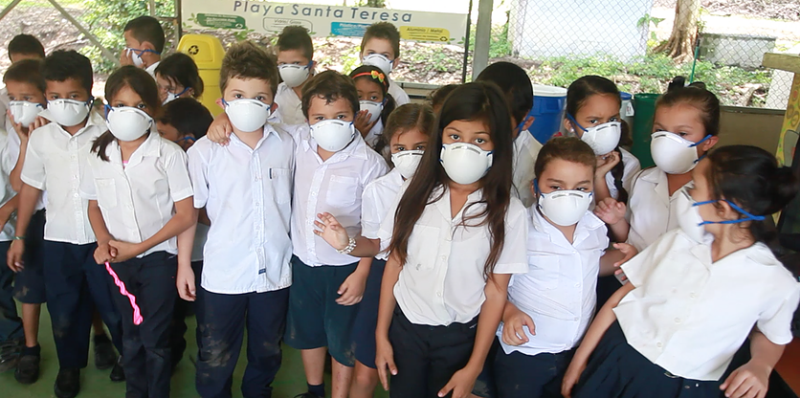
Fixing the road in front of the seven schools will cost $750.000, according to the Pave the Road organization. The initiative led to the creation of the Green Pavement Company to provide environmentally safe and certified plastic formulas for each unique road type. The Green Pavement Company employs hundreds of waste pickers to clean out landfills filled with plastic waste which would otherwise release tons of carbon dioxide pollution daily into the atmosphere. The long-term goal is the complete eradication of plastic waste from garbage dumps, rivers, waterways and oceans in Costa Rica.
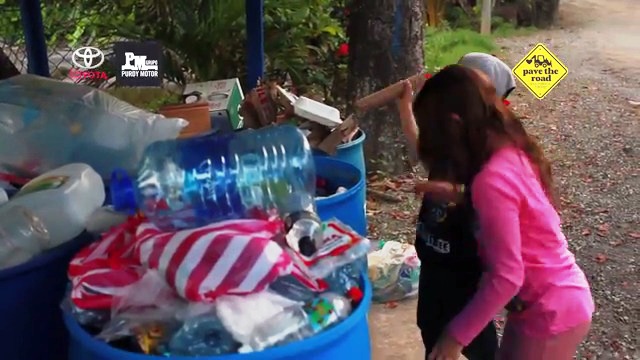
Where to stay on vacation in Santa Teresa Costa Rica Hotel Tropico Latino, a beachfront hotel in Santa Teresa, Costa Rica, is an unforgettable place to stay. Very private guest bungalows, suites and rooms are scattered along the beachfront and in beautiful gardens shaded by huge, old trees. You can enjoy beachfront yoga classes, a spa, and delicious meals and superfoods smoothies at the one of the best beachside restaurants in Santa Teresa, Costa Rica. Hotel Tropico Latino is a business sponsor of the Pave the Road initiative.

Article by Shannon Farley
